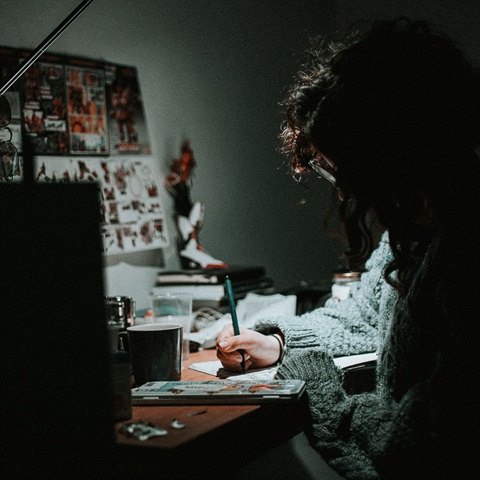Writing an Artist Statement

First of all, what even is an artist statement?
An artist statement is a short text that provides context to help people understand you as an artist and your creative work. You might use an artist statement on your website, in a grant application or when your creative practice is on display.
Get to Know your Work
As a starting point, it can be helpful to ask yourself some questions about your art and creative process. Answers can then be incorporated into your final artist statement. Below are some questions to get you started, some may be more relevant for you than others.
Practical questions
- What type of artwork is it? A sculpture? Drawings? A video and installation?
- What type of materials did you use? Recycled plastic packing? Acrylic paint on paper?
- What processes did you use to make your artwork? Screen printing? Hand stitching?
Questions about ideas and motivation
- What inspired you to make your artwork?
- Does your artwork tell a story? If so, what message is it trying to convey? To raise awareness about deforestation? To document the diversity of people in our community?
- Are there any important references the audience should know about to understand your artwork better?
Who is your Audience?
Think about who will be reading your artist statement. How much knowledge will they have about art? How much detail will they want to go into? Will they be using it to make an assessment, such as in a grant application?
Tailor your artist statement to suit the audience that will be reading it and the context it is being used for. This might mean that your artist statement will be more or less formal, longer or shorter, or in first or third person.
If writing an artist statement as part of an application or for an organisation showing your work, you might also have to follow word limits or style guides. Always check any requirements before.
Make it Clear and Simple
Artist statements have a bit of a bad reputation for being dense, theoretical and hard to understand. Break the mold and make yours clear and easy to read!
A good test is to get someone who doesn’t know much about art, or your work, to read your artist statement and give feedback. This can help you determine if what you are describing is clear and easy to understand. They’ll also be able to pick up any jargon-y terms you might be using.